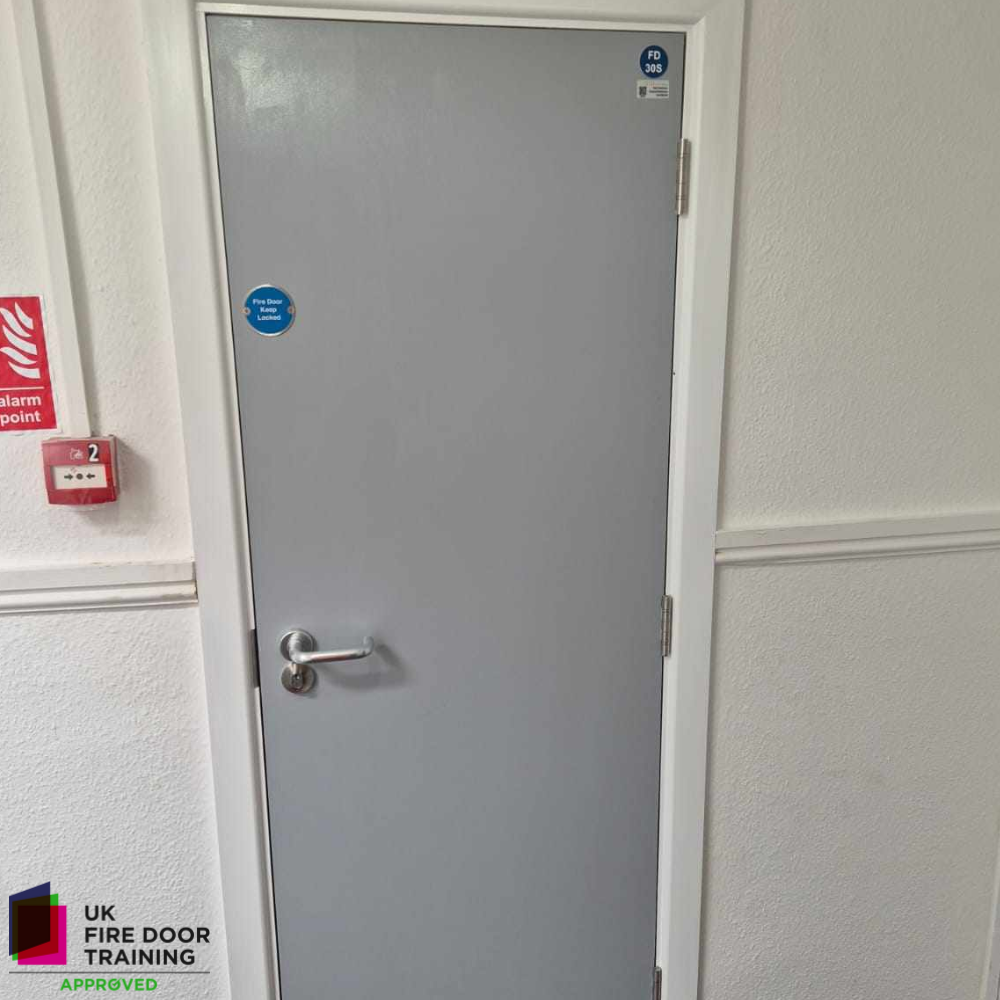Reactive vs Preventive Maintenance: Choosing The Right Approach
In the world of maintenance management, two primary strategies stand out: Reactive Maintenance and Preventive Maintenance. Both approaches have their merits but determining the right one for your business requires careful consideration. In this blog we'll explore the differences between reactive and preventive maintenance and help you choose the best approach for your needs. Let's get started!
Reactive Maintenance: Dealing with Emergencies
Reactive maintenance, also known as "run-to-failure" maintenance, involves addressing equipment issues only after they occur. When a piece of equipment breaks down, repairs are performed promptly to restore functionality. This approach can be suitable for businesses with a tight budget or equipment that rarely fails. However, it has its drawbacks. Downtime can be lengthy, leading to productivity losses and potentially costly repairs. Moreover, frequent breakdowns can strain resources and affect the overall efficiency of operations.
Preventive Maintenance: Staying Ahead of Problems
Preventive maintenance takes a proactive approach. It involves regularly scheduled inspections, servicing, and repairs to prevent equipment breakdowns. By following a structured maintenance plan, businesses can identify and fix potential issues before they become major problems. Preventive maintenance reduces unexpected breakdowns, extends the lifespan of equipment, and enhances safety. With improved reliability and minimal downtime, businesses can maintain consistent productivity and reduce long-term repair costs.
Which Approach is Right for You?
Choosing between reactive and preventive maintenance hinges on several factors:
1. Budget: If you have budget constraints and a limited number of critical assets, reactive maintenance might be more cost-effective in the short term.
2. Equipment Criticality: For equipment crucial to your operations, preventive maintenance is essential to prevent disruptions and keep productivity high.
3. Downtime Impact: Consider how much downtime your business can tolerate. Preventive maintenance minimises unplanned downtime, ensuring smooth operations.
4. Risk Tolerance: Reactive maintenance carries the risk of unexpected breakdowns, while preventive maintenance mitigates risks through proactive measures.
5. Resource Availability: Preventive maintenance requires planning and allocation of resources, while reactive maintenance may rely on immediate response teams.
A Balanced Approach: Predictive Maintenance
While reactive and preventive maintenance are distinct approaches, businesses can benefit from a combination of both in a predictive maintenance strategy. Predictive maintenance incorporates data-driven insights, such as condition monitoring and predictive analytics, to anticipate equipment failures. By predicting potential issues, businesses can schedule maintenance more strategically, reducing downtime and maximising equipment lifespan.
Conclusion
In the battle of Reactive vs. Preventive Maintenance, there is no one-size-fits-all solution. The best approach depends on your business's unique needs, budget and equipment criticality. A balanced approach, such as predictive maintenance, can help you strike the right balance between proactive planning and handling emergencies. By choosing the right maintenance strategy, your business can optimise performance, save costs, and achieve long-term success.
Remember, no matter which approach you choose, regular property maintenance is key to keep your equipment running smoothly and your operations thriving.
Related blog -
The Future of Reactive Maintenance
This blog was written by Stephen Moore - Proprietor - Stark Contractors | LinkedIn











